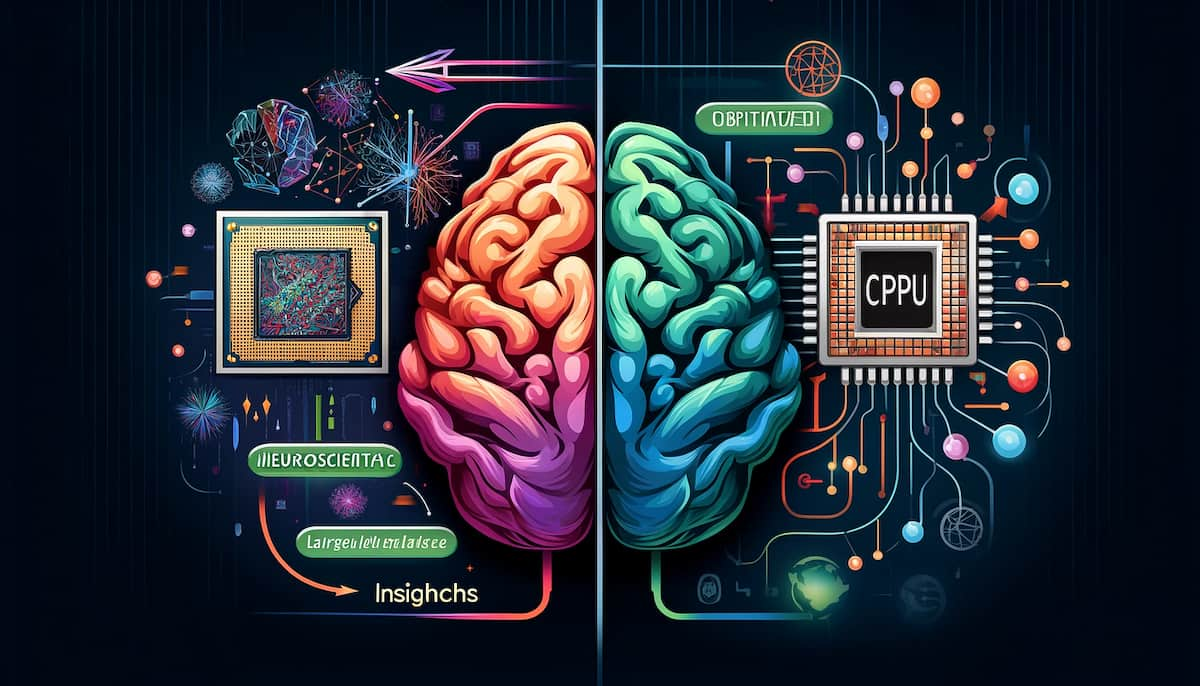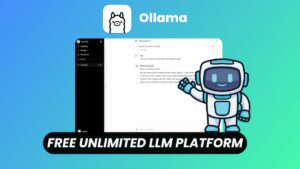Large language models (LLMs) have revolutionized the world of AI, powering everything from chatbots to code assistants. However, many state-of-the-art models require powerful GPUs, making them inaccessible for users with limited hardware. Fortunately, a new wave of lightweight LLMs can run efficiently on CPUs, enabling AI applications on everyday devices. In this post, we explore some of the best lightweight models that deliver impressive performance without the need for a GPU.
Why is Lightweight LLMs Significant?
Most modern LLMs are designed for large-scale applications, often requiring expensive GPUs (Nvidia) with significant memory. However, there are several reasons why users might prefer lightweight models that run on CPUs:
- Accessibility: Not everyone has access to a powerful GPU. CPU inference democratizes AI, making it accessible to a wider audience.
- Cost-Effectiveness: Running LLMs on your CPU eliminates the need for expensive GPU hardware.
- Energy Efficiency: CPUs consume less power compared to GPUs, making lightweight LLMs more sustainable.
- Portability: CPU-based LLMs are ideal for offline applications and resource-constrained environments.
- Privacy: Local execution means your data stays on your machine and not shared with third-parties.
Top Lightweight LLMs That Run on CPU
1. TinyLlama:
- True to its name, TinyLlama is built for minimalism. With a remarkably small parameter count, it’s a champion of CPU efficiency. This model is perfect for applications where resource constraints are paramount.
- TinyLlama is one of the smallest LLMs trained on an extensive dataset (about 1 trillion tokens). Despite its size, it shows impressive performance across various NLP tasks while running efficiently on CPUs.
- TinyLlama proves that even small models can pack a punch, providing surprisingly coherent and useful outputs.
2. Gemma:
- Google’s Gemma models are designed with efficiency in mind. The smaller variants, like the 2B model, are particularly well-suited for CPU inference. Gemma prioritizes performance even at smaller parameter sizes, offering a good balance of speed and capability.
- Google’s Gemma models are optimized for efficiency while maintaining strong reasoning and conversational capabilities. They are designed to run efficiently on CPU-based systems and are backed by Google’s AI research.
- These models are readily available through the Ollama library, making them easy to get started with.
3. Dolphin Mistral:
- Dolphin Mistral is a fine-tuned version of Mistral. While Mistral itself can be resource-intensive, optimized and quantized versions of Dolphin Mistral can deliver reasonable performance on CPUs.
- It offers a good balance of performance and efficiency, making it a viable option for those seeking a more capable model on their CPU.
4. Phi3:
- Phi3 is a compact and efficient model developed by Microsoft, designed for strong performance on various NLP tasks.
- Microsoft’s Phi3 models are engineered for efficiency, focusing on delivering strong performance with minimal resource requirements. The Phi3 family is designed for lightweight usage.
- Phi3 is a great option for those looking for a model that can handle a variety of tasks without overwhelming their CPU.
5. CodeGemma:
- CodeGemma is a variant of the Gemma family that is optimized for code generation and related tasks. Due to it’s similar architecture to Gemma, the smaller versions are very capable of running on a cpu.
- CodeGemma is an extension of Google’s Gemma, specifically designed for coding-related tasks. It is optimized for efficiency while still performing well in code generation and reasoning.
- If your use case involves coding, then codegemma is a great option.
Tips for Running LLMs on CPU:
- Quantization is Key: Look for quantized versions of models (e.g., Q4, Q5) to reduce memory usage and improve inference speed.
- RAM Matters: Even lightweight models require sufficient RAM. 16GB or more is recommended for a smoother experience.
- Close Unnecessary Applications: Free up system resources by closing other programs.
- Ollama’s Simplicity: Ollama makes it incredibly easy to download and run these models.
The Future of CPU-Powered AI:
Sponsored
As LLM technology continues to advance, we can expect to see even more efficient models that can run on CPUs. This opens up a world of possibilities for local AI applications, from offline chatbots to personalized assistants.
So, if you’ve been hesitant to explore LLMs due to a lack of GPU, now’s the perfect time to dive in. With Ollama and these lightweight models, you can unlock the power of AI on your CPU.



